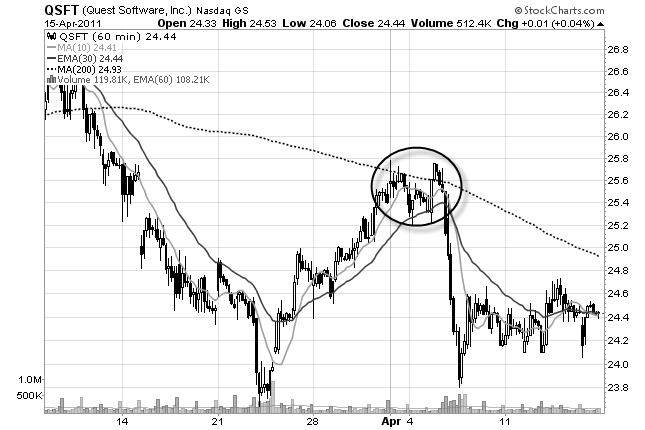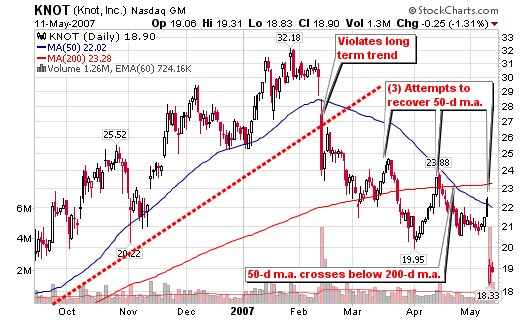How to Short a Stock
Post on: 16 Март, 2015 No Comment

By Motley Fool Staff | More Articles
The following is adapted from an article originally written for our Motley Fool Pro investing service. Look at the end of the article for more information about this new service.
Short-sellers often get a bad rap in the investing world. When the market is up, they’re chastised for holding back the rally. When the market is down, they’re reviled for keeping it artificially low. And when the majority of long-term investors are hurting, that’s exactly when successful short-sellers profit most.
For instance, against-the-grain hedge fund managers such as Manuel Asensio, who shorted tech stocks before the dot-com crash, or John Paulson, who shorted the ABX subprime index before the housing bubble collapsed, made big profits from shorting. Yet while short-selling can pay off, the strategy is risky — so it’s imperative that you understand how this strategy works before diving in.
What is a short?
A short sale is a way to profit when stock prices decline. Here’s how it works: First, you borrow from your broker shares of a stock that you think is overvalued. Your broker immediately sells those shares on the market, and the money from the sale is lent to your account (since you didn’t actually own the shares you sold). Later, you replace the borrowed shares (buy them back) at a lower price — ideally! — and keep the difference as a profit.

Say, for example, Stock XYZ is trading at $100, but you believe it’s worth no more than $50. You borrow 100 shares and sell them at $100 each for a total of $10,000. A few months later, huzzah! You were right: Stock XYZ falls to $50, and you can buy back the 100 shares for just $5,000. You keep the remaining $5,000 (minus commissions and interest on the loan) and do a happy dance.
It may sound simple, but this strategy can bite you if you don’t get it right. Using the same example, let’s say those 100 shares of Stock XYZ skyrocket to $300. Ouch! If you want out of your short sale at that point, you’ll need to pay $30,000 to close the trade — so you’ve lost $20,000 plus commissions and interest.
So while the maximum gain you can take from a short sale is 100% — that is, the stock goes to $0 — the maximum loss is theoretically infinite. Take a look at the returns you would have earned by shorting these stocks five years ago:














